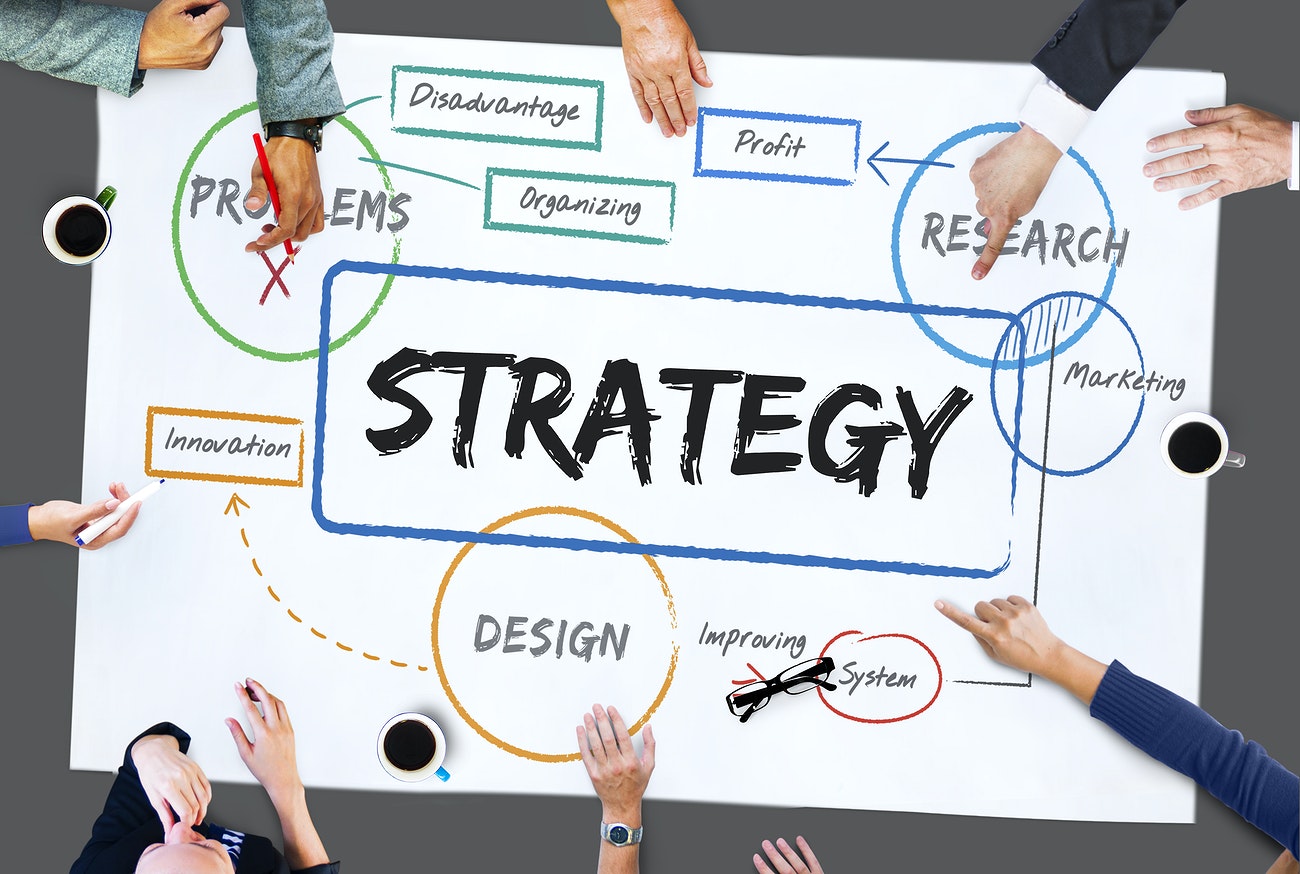From Insight to Execution: Automating the Hardest Part of Marketing Strategy

Why the “middle layer” of strategy is broken
Every marketer knows the rush of discovering a killer insight. You’ve analyzed the data, identified patterns, and found that sweet spot where audience behavior meets opportunity. But then it happens – everything stalls. That critical middle layer between research and execution turns into quicksand.
You have the idea, but you’re stuck in the swamp of frameworks, slides, and client decks. Translating insight into execution is where even great agencies crumble. It’s not because they lack talent, it’s because the system is broken.
I’ve seen this play out countless times. A team spends two weeks researching the market and another week presenting findings. Then, when it’s time to turn those findings into an actionable campaign, the handoff falls apart. Files live in different folders, naming conventions make no sense, and each stakeholder edits a “final_final_v4” version. The result? Momentum dies.
This gap between thinking and doing costs more than time. It costs trust. Clients start to wonder if you really understand their business or if you’re just good at making nice decks. And honestly, I can’t blame them. When insight doesn’t turn into execution quickly enough, it loses its value.
Manual strategy building: the hidden bottleneck
Let’s be real. Manual strategy work looks impressive from the outside – whiteboards, sticky notes, long meetings full of “alignment.” But on the inside, it’s chaos.
You start building your ICPs manually, trying to validate who your target really is. That means digging through survey responses, CRM data, and Slack messages for insights. You end up with 40 tabs open, 12 versions of the same doc, and three teammates giving contradictory feedback. By the time you’ve cleaned it up, the market has already moved on.
Manual strategy work kills speed. It also kills creativity. When every idea has to crawl through approvals and rewrites, you start second-guessing yourself. You begin playing it safe because risk equals delay. The more layers of review, the less bold the thinking becomes.
And then there’s the cost. Every unnecessary step adds hidden overhead. Designers waiting for finalized copy. Media buyers are waiting for segmentation lists. Account managers waiting for sign-off. It’s like a slow-motion traffic jam – everyone’s moving, but no one’s getting anywhere.
Here’s the irony: the industry celebrates creativity, but its internal systems are anything but creative. Strategy teams are buried under repetitive work that could’ve been automated years ago.
That bottleneck doesn’t just affect agencies; it affects clients, too. Campaigns launch late, messaging loses consistency, and testing opportunities vanish because no one could finalize the brief in time. The most expensive thing in marketing isn’t a failed ad, it’s a delayed one.
How Elsa Ai connects insight to execution
There’s a turning point happening in marketing – the moment when strategists stop trying to outwork inefficiency and start outsmarting it. That’s where automation steps in.
Instead of manually stitching together your ICP, your behavioral data, and your creative brief, AI tools like Elsa do it in one flow. Feed it the data you already have, and it builds frameworks in minutes – target personas, messaging themes, positioning statements, all connected. It’s not magic; it’s logic done faster.
The real power lies in validation. Before, you’d spend days debating whether your audience definition “felt right.” Now, you can test that assumption instantly against real behavioral data. You can even create a synthetic persona to pressure-test your ideas before you commit ad spend. It’s like running a virtual focus group that actually listens to evidence.
And because all your strategy work lives inside one system, there’s no more chasing documents or reconciling contradictory feedback. The data, strategy, and execution align from the start.
I’ve seen what this shift does to team morale. Suddenly, strategy feels fun again. People spend time ideating, not formatting. Meetings turn from status updates into creative sessions. When execution stops being the bottleneck, you start thinking bigger.
Turning plans into action instantly
Once you remove the manual handoffs, strategy turns into momentum. The campaign brief that used to take two weeks now takes a few hours. The creative direction you debated for days can be tested and iterated in real time.
Automation builds what agencies have always lacked – continuity. Research, creative, and media buying finally speak the same language. The same audience insights that informed your ICP power your ad targeting. The same tone that shaped your positioning informs your social copy.
Two lists stand out as clear before-and-after markers of this shift:
Before automation:
- Disconnected teams, delayed campaigns, and unclear ownership.
- Strategy living in slides instead of actions.
After automation:
- One flow from data to campaign – clean, fast, and measurable.
- Teams aligned around the same validated insight, moving as one unit.
It’s easy to underestimate what that alignment means. It’s not just about efficiency, it’s about accuracy. Every campaign reflects the same strategic DNA. You can trace every ad, message, or headline back to a single validated truth. That consistency builds brand authority and client trust faster than any flashy presentation ever could.
And here’s something few talk about: automation actually improves creativity. When the groundwork is handled by systems, human energy shifts to what machines can’t do – vision, humor, emotion, storytelling. The soul of marketing doesn’t disappear; it finally has space to breathe.
The future of marketing execution
We’re entering a phase where the real competitive edge isn’t owning more data, it’s acting on it faster. Every agency has analytics dashboards, keyword reports, and trend summaries. But how many can turn those insights into campaigns before the trend is over? That’s the question that separates the leaders from the laggards.
AI isn’t the enemy of strategists. It’s the exoskeleton that lets them move faster, think clearly, and execute sharply. I used to believe that great strategy required pain – long nights, endless revisions, the heroic grind. But the truth is, all that suffering didn’t make the work better; it just made it slower.
Automation changes the tempo of marketing. It collapses the lag between knowing and doing. It gives teams the freedom to take risks again because they can test and iterate instantly. And when failure becomes cheap and reversible, innovation explodes.
The agencies that embrace this will scale effortlessly. The ones that don’t will drown in their own processes.
I’ve watched entire projects crumble because no one could decide which document version was “final.” I’ve seen brilliant insights die in the handoff between departments. That’s the silent killer in marketing – not lack of ideas, but lack of execution speed.
The future belongs to those who bridge that final gap. Strategy isn’t just about thinking anymore – it’s about delivering. And the marketers who master that transition will own the next decade.
We’ve spent too long glorifying the brainstorm. Now it’s time to glorify the follow-through. Because insight means nothing until it moves.






